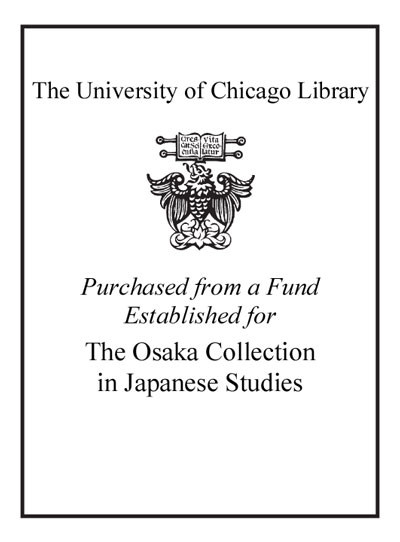Review by Choice Review
This is a good addition to the research on the Japanese economy and the changes that have taken place over the last 15 years. Paprzycki and Fukao (both, Hitotsubashi Univ., Japan) provide significant detail on the level of, and changes in, foreign direct investment (FDI) in Japan, as well as an analysis of why inward FDI was so low in the past and the effects of the recent surge in inward FDI on the economy. The chapter on the history of FDI in Japan contains extensive data on aggregate and sectoral levels of FDI in addition to an in-depth analysis of the constraints that kept FDI so low there. These impediments included the keiretsu system of cross-shareholding and supplier relationships, the distribution system, and the labor market structure. The analysis of international comparisons of total factor productivity provides substantial empirical support for the argument that Japan's economy historically consisted of highly competitive export sectors and uncompetitive domestic sectors. The authors conclude that the recent surge in inward FDI was caused by the global boom in FDI and deregulation in Japan, but that a further surge would require additional structural change and deregulation. Summing Up: Recommended. General readers; upper-division undergraduate through faculty and research collections. D. C. Messerschmidt Lynchburg College
Copyright American Library Association, used with permission.
Review by Choice Review

